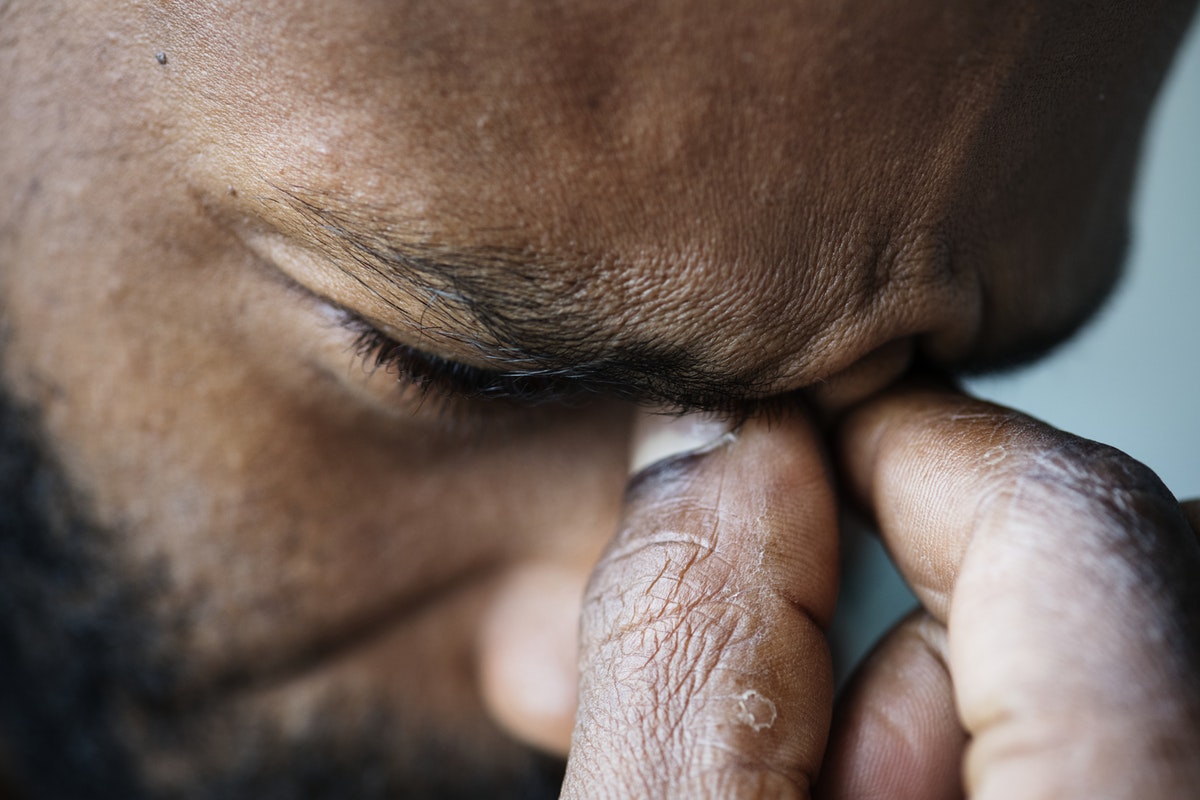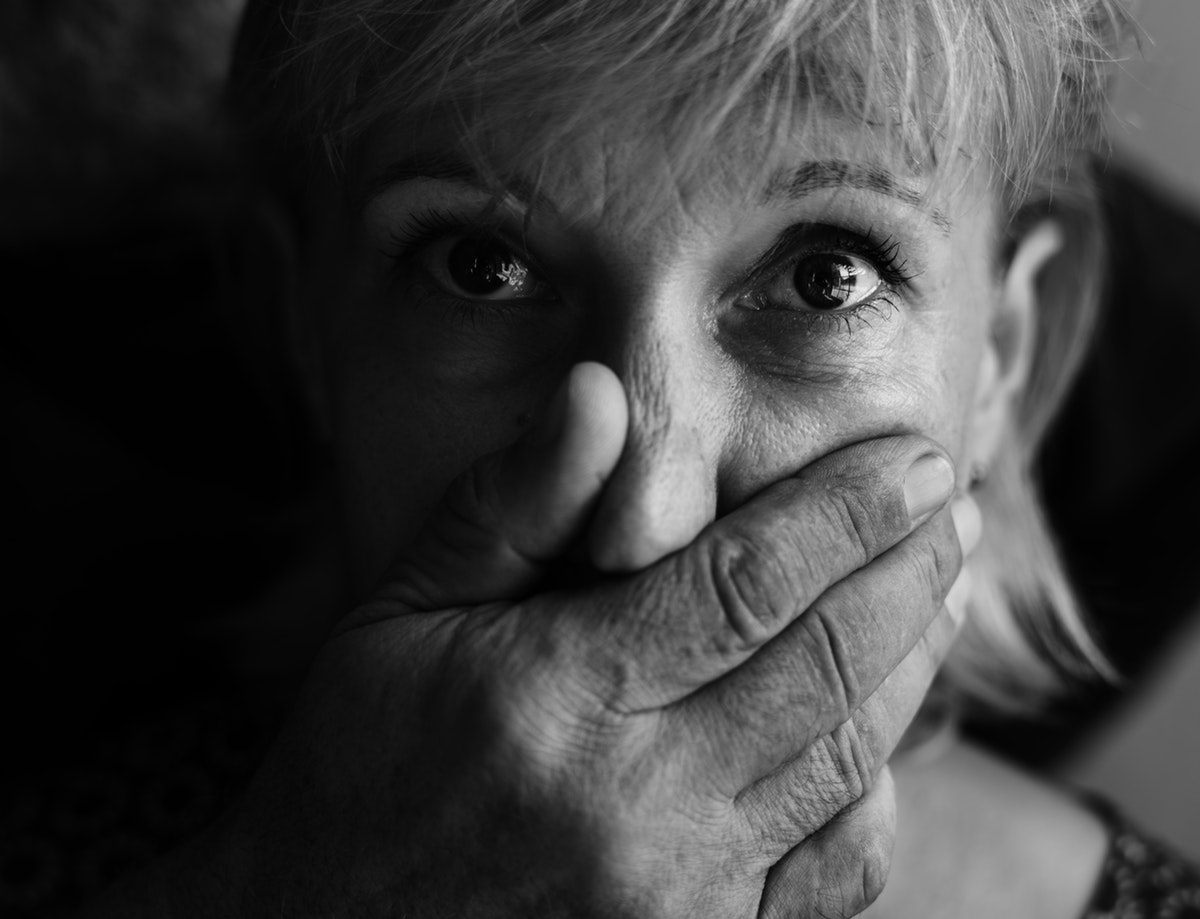With stress, our body system responds to high demands or danger. Our capacity to deal with stress is part of the human make up. A set of hormones gets released to enable an appropriate physical response, when human encounter a dangerous or stressful situation, as the body prepares for action.
 The fight or flight instinct, based on the popular theory of Walter Cannon, triggers primal behavior and is a well-developed process, securing the survival of the species. However, we live now in a world where many people experience regular or constant stress.
The fight or flight instinct, based on the popular theory of Walter Cannon, triggers primal behavior and is a well-developed process, securing the survival of the species. However, we live now in a world where many people experience regular or constant stress.
The APS (Australian Psychological Society) report 2015 conveys that about 35% of the Australian population are experiencing high levels of stress in their day –to- day life, whereas 26% are expressing to have above normal levels of anxiety. (APS survey 2015)
Bottom line is that more than one-third of the Australian population consider themselves as often very stressed. In order to reduce or alleviate stress, it is important to understand the true opposite of stress.
The antipode to most modern stresses is contentment.

Most modern stresses are caused by feelings rarely realities. When we investigate into strategies of truly overcoming, not band-aiding stress, the human concept of happiness and or contentment is central. It appears, that with fairy tales, Walt Disney movies, and Hollywood the term of ‘happy ever after’ began to inform peoples expectation of their own life and state of being.
People began to strive for a state of constant bliss. A happy white teethed, the broad smile became the twentieth century signature of American culture, which then sprawled into European and other western cultures, as an expectation began to form of a state of contentment above the mundane daily activities, we all need to perform.
What drives you to act?
In self-inquiry-sessions with students, we often investigate “the driver”. What drives us to act? Most people’s answers seek first outer constraints as stress-causing conditions but eventually get to recognize their input into stress.
As they inquire deeper, they begin to investigate into their fears that cause stress.
Indeed, all stress, in the end, is fear-based.
Are fears facts or what are they?
Many people treat fears unknowingly as facts, but fears are commonly classified as feelings (again by Walter Cannon). Humans can hold rational fears, such as “if the lion comes any closer, I will get hurt” or irrational fears, for example,’ if I don’t meet this deadline all people will turn away from me”.
 A client of mine while traveling in Bali and was experiencing a lot of stress over the transport delays and slow reactions of Balinese drivers. I asked her about the necessity of setting timelines in this instance on a leisurely holiday trip. She admitted after inquiring further into it that it was related to not feeling secure.
A client of mine while traveling in Bali and was experiencing a lot of stress over the transport delays and slow reactions of Balinese drivers. I asked her about the necessity of setting timelines in this instance on a leisurely holiday trip. She admitted after inquiring further into it that it was related to not feeling secure.
The fictitious timelines gave her an added sense of security.
Stressful situations also often occur when there is resistance to accepting facts or truths in life.
Denial of facts confuses and with that can create stressful situations, which could have been prevented in the first place.
Stress expresses itself in reducing mental capacity it distorts our view on reality. Emotional symptoms of stress are
- a strong sense of isolation and loneliness.
- anger build up.
- and depression.
Stress expresses itself physically with strong aches and pains and in a plethora of other physical complaints.
How Yoga can help you to reveal stress
Yoga gives in its philosophy, as well as its practical application, goods strategies and answers on how to deal with stress when it comes up.
Here are three simple steps:
- Self-inquiry: To pause for a moment is an essential first step to inquire into the fear beneath the stress. What am I afraid of the most? Would be one good question to ask.
- The Breath: Conscious simple and slow breathing relaxes the nervous system almost immediately relaxes the mind.
- The Body: Coming back into the body is the key. Already one Yoga posture practiced for 3-5 minutes done with full attention and continuous breath does the trick. Down facing dog is an accessible posture or a standing forward bend like “Uttanasana”
Yoga has naturally many more techniques on how to effectively deal with stress.
To identify stress as stress is the first step in the right direction.
